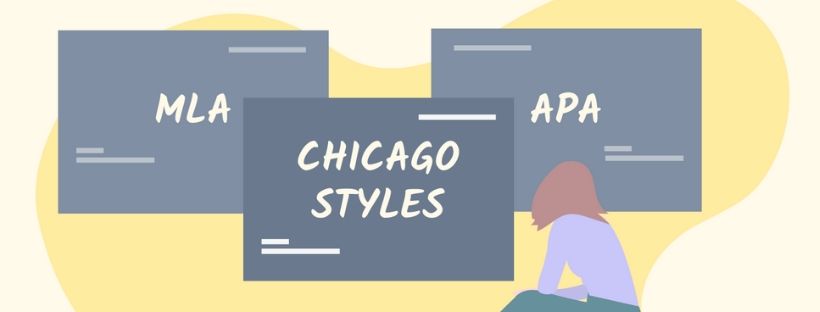
In academics, presenting the information in an appropriate manner by using correct formatting styles is as putting forth the key study idea. Quoting, proper citing and referencing the source lets you convey the length & breadth of your study to your readers efficiently. Academia includes various formatting styles such as the American Psychological Association (APA), Modern Language Association (MLA), Harvard style, Chicago Manual of Style (CMOS), etc. Each style has a specific set of guidelines that must be adhered to when using them.
In this blog, let’s have a look at the guidelines of the most popular formatting styles used in academics and the difference between them.
APA style, developed by the American Psychological Association is used to cite sources in social science, business and nursing. This formatting style concerns with uniform usage of elements such as headings, abbreviations, tone, length, number & statistics presentation, construction of figures, and citing references. APA style not only simplifies the work of journal editors but also allows readers to understand the study ideas effortlessly and remain focused throughout the reading process. It also demonstrates the awareness of the audience and establishes the ethos or credibility of the research. Recently, the American Psychological Association has introduced the 7th edition which is quite different from the present edition, i.e., APA 6th edition.
MLA style was developed by the Modern Language Association for students, researchers, and professionals in the field of literature. In April 2016, MLA 7th edition was replaced by the 8th edition. This style organizes the lengthy paper and improves its readability. Besides this, MLA style demonstrates your ability to conduct research, provide authenticity and credibility, allows the reader to easily locate the information, and prevents plagiarism.
Chicago manual of style was developed to help authors cite sources. Currently, in its 16 edition, this style consists of two referencing systems: (1) author-date and (2) notes and bibliography. Chicago style is regarded as “editor’s bible” and is commonly used in the field of art, history and humanities. Besides citing sources, CMOS includes aspects such as writing style, editing and proofreading mechanics.
| Factors | APA | MLA | CMOS |
| General format | Author. (Year). Article or page title. Larger publication title, volume number(issue number). Retrieved from URL/DOI (digital object identifiers) address | Author/Editor. Name of site. Version number, name of organizer/publisher, date of publication (if available), DOI/URL/permalink. Date of access (if applicable) | Author (and/or owner, sponsor). “Document/web page title.” Title of the website. Accessed or updated date. URL. |
| Online sources | Cites author, date title of the page, website title, page numbers, and DOI/URL | It includes editor/author, page title, site title, organization/publisher, publication data, issue/volume number, page number, and URL(omit http://) | Requires DOI or URL to be included at the end of the citation. If modification or publication date is not available, include the date of access. |
| Books |
Author, B. C. Year of publication. Title of work (Capital letter also for subtitles). Place of publication: Publisher E.g., Pollan, M. (2007). The omnivore’s dilemma: A natural history of 4 meals. New York, NY: XYZ group. |
Last name, first name. Title of the book. Place of publication (only if the book was published before 1009), publisher, date of publication E.g., Pollan, Michael. The omnivore’s dilemma: A natural history of 4 meals. XYZ group, 2007 |
Last name, first name, the title of the book. Publication place: publisher, date of publication E.g., Pollan, Michael. The Omnivore’s Dilemma: A Natural History of 4 Meals. New York: XYZ group 2007. |
| Books with two authors | List by last names and initials. Replace “and” by ampersand. Year of publication. Work title. Publication place: publisher | Last name, first name, followed by first name last name (second author). Title of the book. Publication place, publisher, date of publication | Last name first name and the name of the second-order (same format), book title. Place of publication: publisher, publication date |
| Two or more works by the same author | Include names of each author and organize them according to the year (earliest first) | Include the author’s name (last name, first name format). For subsequent entries use hyphens followed by a period | Include the author’s name followed by hyphens and a period. Include the entries by title (alphabetically) |
| Articles in journals | Author name, publication date, article title, journal name (italics), volume number (italics), issue number and page number (page range of article) | Author. “Article title.” Journal title (italics), volume, issue, year of publication, range of page numbers | Author name, title of the article, journal title, volume number, issue number, year: a range of page numbers |
Having a thorough knowledge pertaining to the academic formatting styles is a must to use them in an apt manner. Have a look at the above-mentioned table and under the key difference between APA, MLA and CMOS.